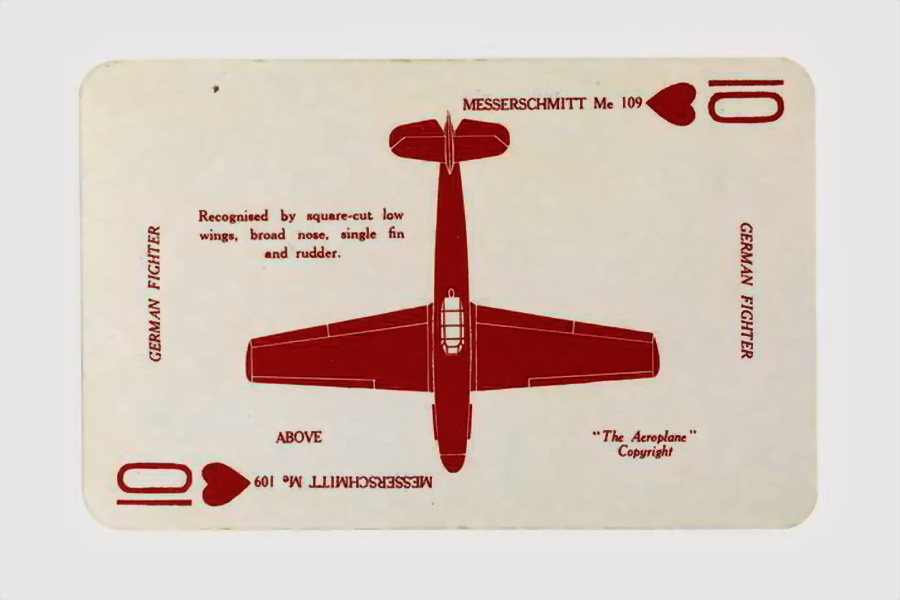The large-scale offensive launched by Germans in 1940 that went down in history as The Battle of Britain became not just one of the key moments of the Second World War but also was the reason for some events associated with war merely indirectly.
During the war years British were undoubted leaders in radar implementation, however even they couldn’t create continuous radar network along their coastline. In addition, using radar stations couldn’t put them past bombing raids performed at low altitude and high speed, which is exactly what Germans took advantage of. There was only one way out – to create a wide observation post network that could swiftly recognize attacking aircraft and report it «to the right place». Spotters from among civilian volunteers served that purpose in addition to various military auxiliary services.

Just recruiting people wasn’t enough for the Warning Service to operate effectively. Only trained spotter could identify nationality and type of an aircraft that flies at 500 km/h speed, that is why an entire industry was developed for the cause. Manufacturing aircraft models became its most meaningful act – creating static models for display, which became craze afterwards, was born precisely during the war, also other standards, like scale variety, were established back then.
Such simple and effective trick for training spotters as playing cards was among other various products. It is known that play-based learning isn’t for kids only. First British, then Americans who supported this endeavor, produced several kinds of playing cards during the war years, that started out depicting allied and enemy aircraft as well as ships and tanks later. Nowadays they are documentary proof from that era that allows us to draw amusing conclusions.
Click on a picture to enlarge it.
American and British intelligence failure visible to the untrained eye when looking at clubs: Imperial Japanese Army Air Force ace – «Zero» fighter – doesn’t look himself;
Ki-43 «Hayabusa» that became main fighter aircraft for the army is missing; however hopelessly obsolete and completely unused Japanese planes are there. (http://www.ameshistory.org)







